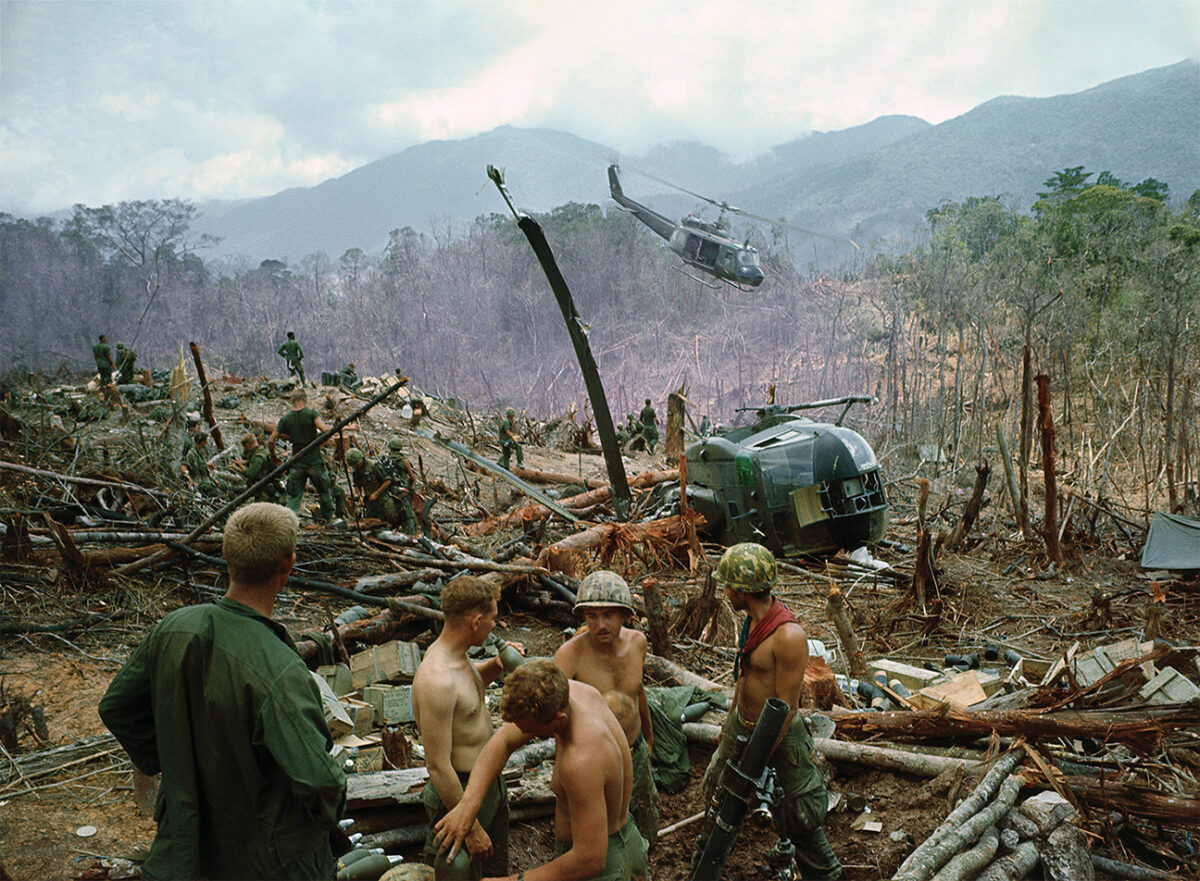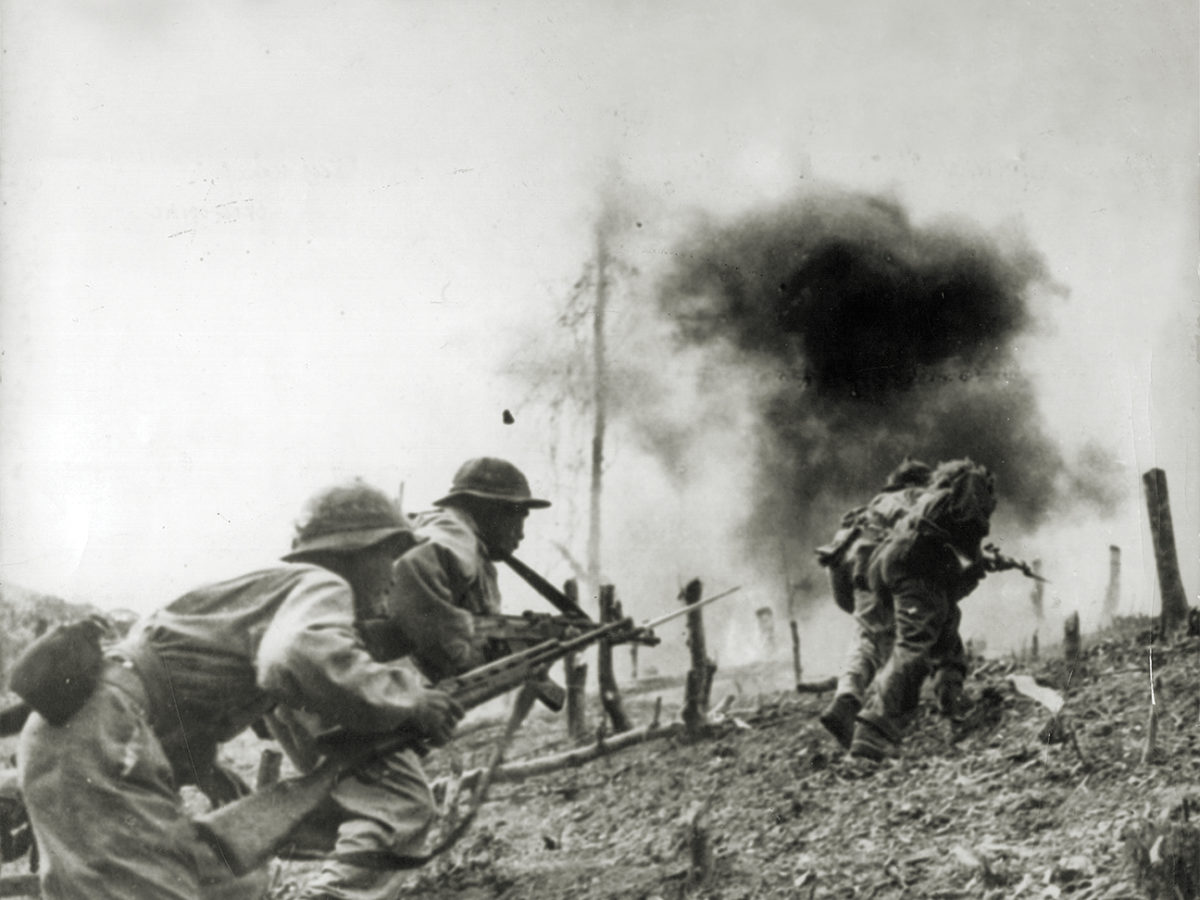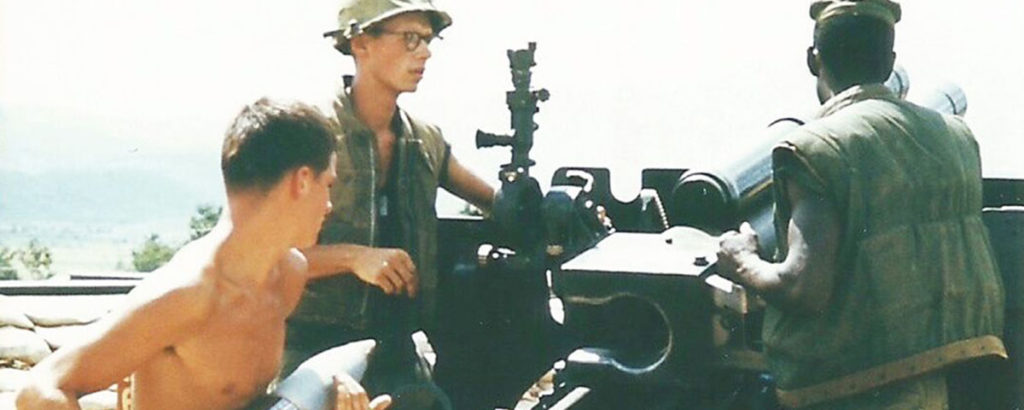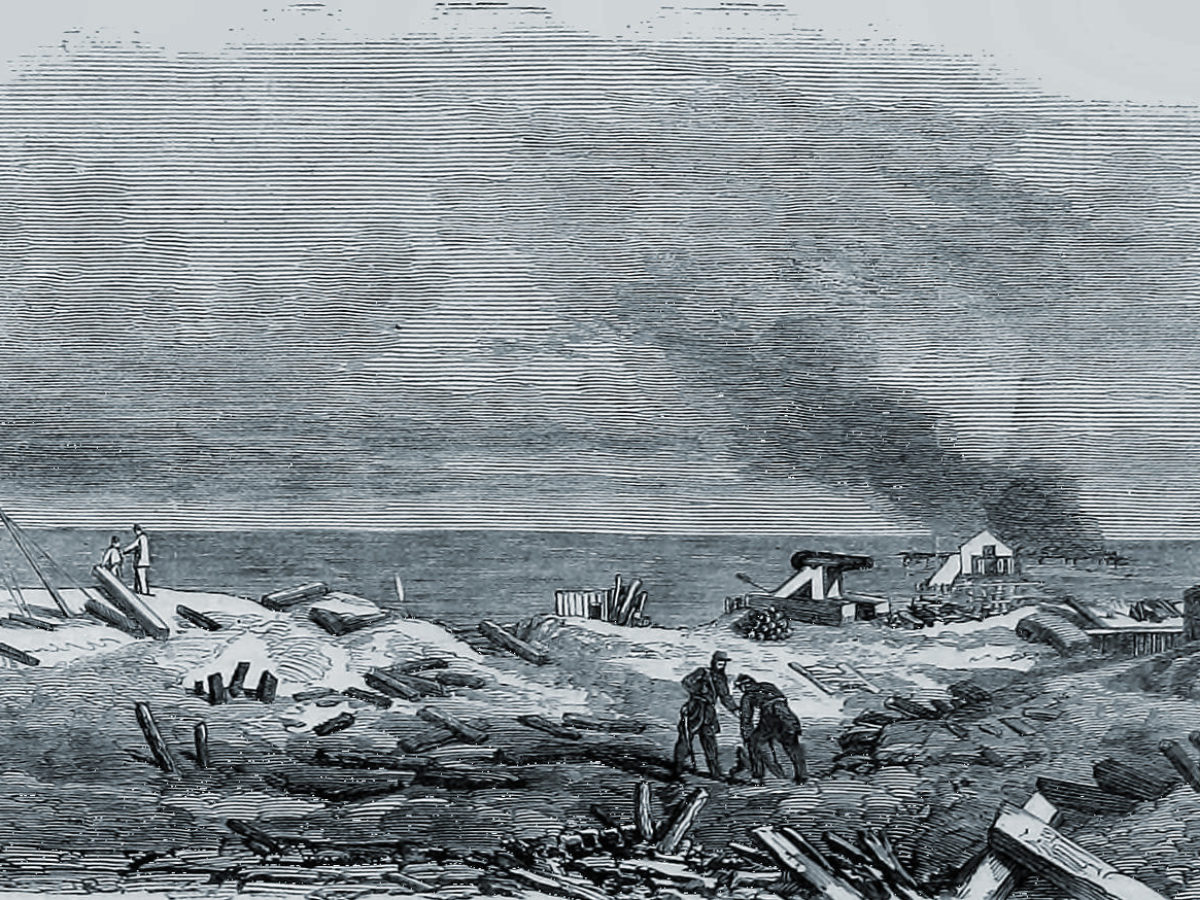Vietnam was a non-linear war. There were no front lines with enemies on one side and friendlies on the other. Tactical problems could become very complex, with the enemy potentially in any or all directions. It was vital to be able to observe and fire 360 degrees all-around.
Although atypical of most 20th-century warfare, those conditions were not necessarily unique to military history. Perhaps the closest American experience was the Indian Wars of the 19th century—with isolated forts established to control certain areas and provide security to overland travel routes and civilian settlements in the sector.
One solution to the Vietnam War tactical problem was the fire support base (or firebase). Most 19th-century forts were isolated and had to be self-sufficient. Thanks to 20th-century technology, the firebases used by the allies in Vietnam could communicate with each other instantly and could be resupplied and reinforced by air.
What Was A Firebase?
The fire support base was a combined infantry-artillery position that sometimes included armor. Depending on the planned duration of the position, firebases could be dug-in heavily and reinforced with engineer assets. Perhaps the greatest strength of the firebases was their ability to cover each other with mutually supporting fires over great distances. It is a long-standing principle of firepower that massing fires is the most effective way to use artillery.
Recommended for you
Through the 19th century, the only way to mass fires was to physically group the guns together on the ground. Between World Wars I and II, improved communications combined with innovative advances in fire direction control techniques made it possible to mass fires instantly on enemy targets from many widely-dispersed guns.
Firebases could reinforce the fires of their own internal guns with the guns of any or all other firebases within artillery range. It was a powerful multiplier effect.
How Were Firebases Set Up?
The size, composition, and positional duration of a firebase depended on the planning factors of mission, enemy, terrain, and troop availability. Some firebases were very large and held positions for months or longer. Other firebases were relatively small and remained in position for days or weeks. A smaller firebase might consist of a company of infantry with a two-gun artillery platoon in the center of the position. A larger firebase might consist of two or three infantry companies, or possibly an entire battalion.
The artillery would consist of an entire six-gun battery. Instead of being positioned in the normal staggered line, the guns were deployed in a star position, with the base piece at the center and the other five guns forming the points of the star to provide rapid and effective fire in any direction. Smaller firebases with two or four howitzers deployed their guns when possible in square or triangle formations.
Firebases on flatter terrain were usually round, and those on ridges generally were rectangular due to terrain. Most larger firebases contained a helicopter landing pad for resupply and medical evacuation. When a firebase deployed forward, the guns often were moved by air.
Firebases Used in Attack and Defense
The firebases were not merely passive defensive positions. Infantry patrols aggressively pushed out from the perimeter, day and night, but usually stayed within the guns’ maximum effective range fan—roughly 11,000 meters for 105mm howitzers and 14,000 meters for 155mm howitzers. When a patrol made contact, it could call for fire support not only from the guns of its own firebase but those of any other firebase in range.
The firebases, of course, invited attack. One gun inside the firebase usually fired illumination rounds to deprive attackers of the cover of darkness. Other guns delivered fires where needed outward from the perimeter. Firing close to friendly troops could be complex because of the large bursting radius of HE ammunition. The solution to that problem was the M-546 Antipersonnel Round for the 105mm howitzer. Popularly called the “Beehive Round,” it fired 8,000 steel flechettes, triggered by a time fuze set to detonate just outside the perimeter. A green star cluster hand flare fired just before the Beehive warned troops on the perimeter to take cover.
Between 1961 and 1973, U.S. and allied forces established more than 8,000 fire support bases in Vietnam; only a small fraction existed at any given time. Some of the war’s fiercest battles were fought over firebases, including Firebase Ripcord in Thua Thien Province (July 1-23, 1970); Firebase Mary Ann in Quang Tin Province (March 28, 1970); and Firebase Gold in Tay Ninh Province (March 21, 1967). Neither the VC nor the NVA ever managed to overrun a U.S. forces firebase.









